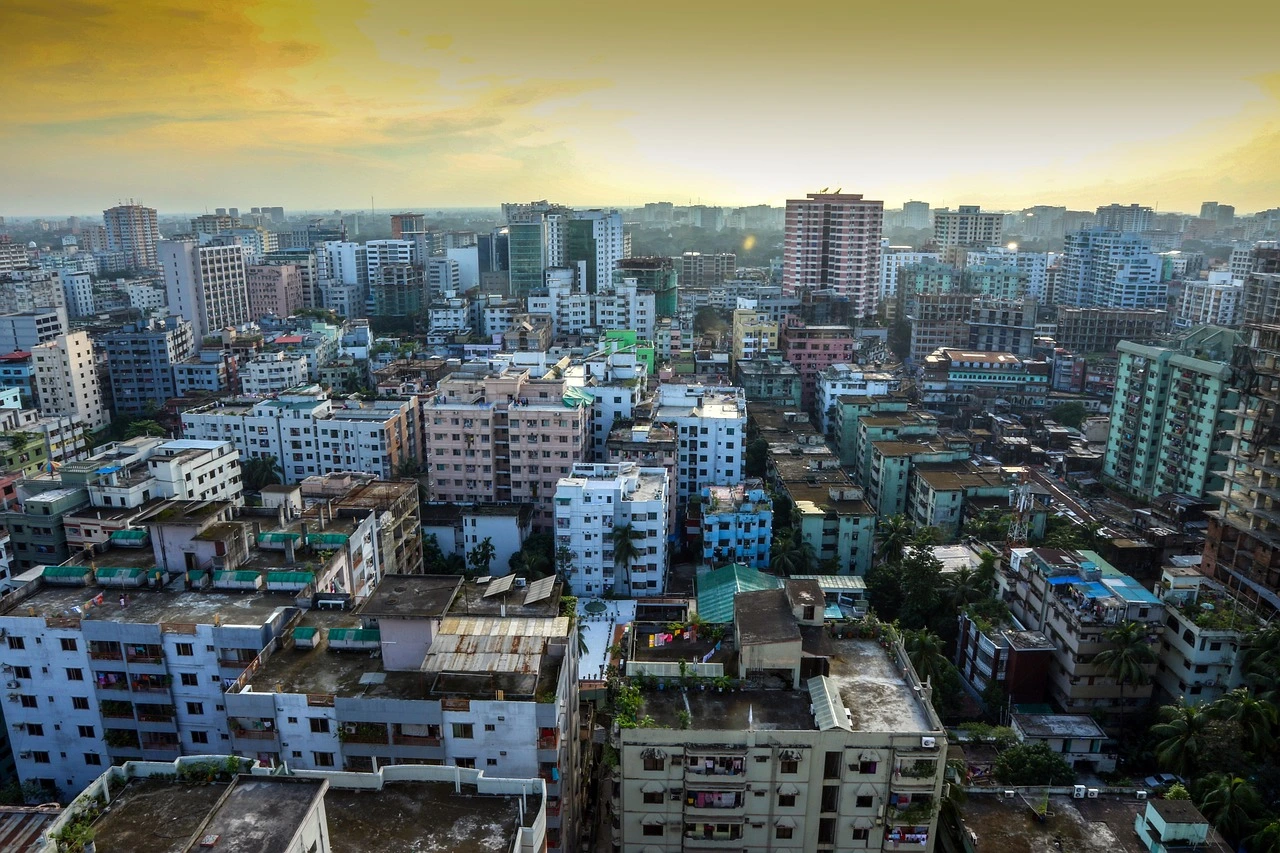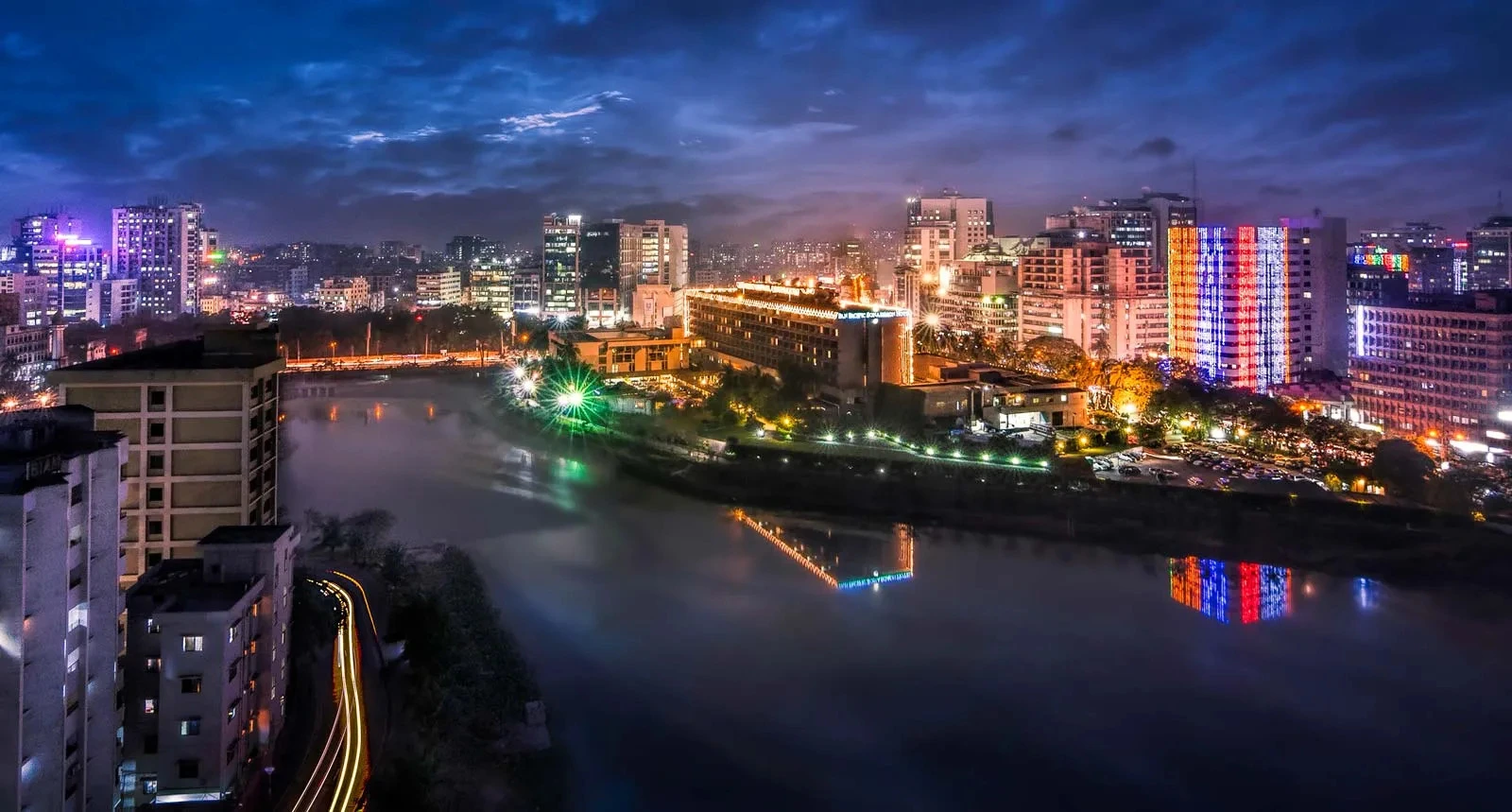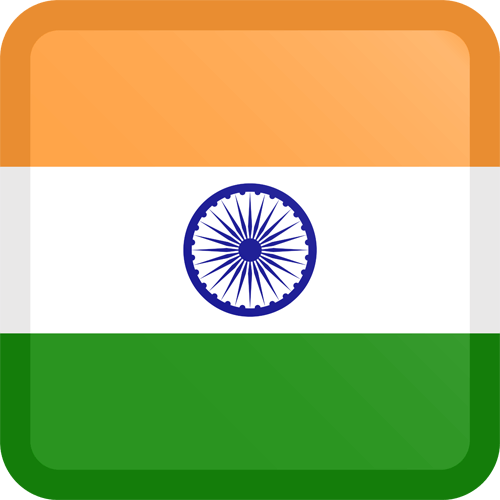
Rana Bepari
3 months ago
Exploring Bangladesh: A Land of People, Faith, and History | Bangladesh
- 0 Comments
- 2 min Reads
- 235 Views
Bangladesh, officially known as the People's Republic of Bangladesh, is a South Asian country bordered by India and Myanmar, with a southern coastline along the Bay of Bengal. It is also geographically separated from Bhutan and Nepal by a narrow stretch of Indian territory. The current area and population of bangladesh 147,570 sq Kilometer (According to Wikipedia, it approximately 148,460 sq Kilometers ) and 171.5 million

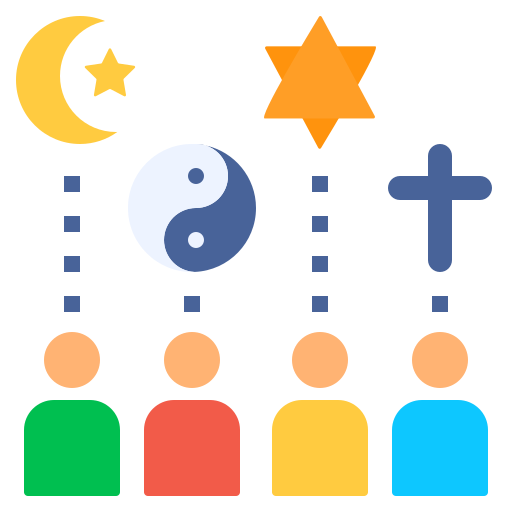 Religion Religion
|
|
|---|---|
| Islam(Officially) | 91.04% |
| Hinduism | 7.94% |
| Christianity | 0.30% |
| Other | 0.12% |
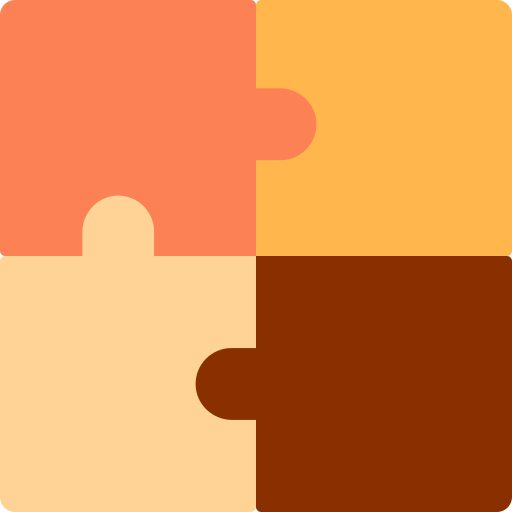 Ethnic Groups (2022 Census) Ethnic Groups (2022 Census)
|
|
|---|---|
| Bengali | 99% |
| Others | 1% |
 General General
|
|
|---|---|
| Offical Language | Bangla |
| Currency | BDT(৳) |
| Time Zone | UTC+6 (BST) |
| Official Name | People's Republic of Bangladesh |
 Division/Region (Density) Division/Region (Density)
|
|
|---|---|
| Barisal Division | 734 |
| Chittagong Division | 1,025 |
| Dhaka Division Capital | 2,069 |
| Khulna Division | 817 |
| Mymensingh Division | 1,271 |
| Rajshahi Division | 1,190 |
| Rangpur Division | 1,166 |
| Sylhet Division | 986 |
Dhaka is the capital and largest city in Bangladesh. It is one of the largest metropolises in South Asia. According to our division density table, most of the people lived in Dhaka city. The capital city of Bangladesh is often described as the beating heart of the nation. With a rich history, vibrant culture, and fast-paced development, Dhaka represents the true spirit of Bangladesh — a blend of tradition and modernity. Home to over 20 million people, Dhaka is one of the most densely populated cities in the world. It is a place where the old and new stand side by side — historic mosques and forts share the skyline with modern skyscrapers and shopping malls. The streets are always alive with the sounds of rickshaw bells, honking cars, street vendors, and the chatter of millions moving through daily life.
Dhaka has a deep historical background. During the Mughal era, it was known as "Jahangir Nagar" and became an important trading center, especially famous for its fine muslin cloth.
Religion: A Diverse but Harmonious Coexistence
Religion plays a central role in Bangladeshi society. The country is predominantly Muslim, with about 90% of the population following Islam. The remaining population includes Hindus (about 8%), along with small communities of Buddhists, Christians, and indigenous faiths.
Despite being a Muslim-majority nation, Bangladesh has a rich tradition of religious tolerance, and festivals from all communities are celebrated with joy. For example, Eid-ul-Fitr, Durga Puja, Buddha Purnima, and Christmas are all national holidays.
Historical Places: Echoes of the Past
Bangladesh boasts a wealth of historical landmarks that reflect its long and diverse history. Here are some of the most iconic sites:
-
Mahasthangarh (Bogra): The oldest archaeological site in the country, dating back to the 3rd century BC. It was once a thriving city of the ancient Pundra Kingdom.
-
Paharpur (Naogaon): Home to the Somapura Mahavihara, a UNESCO World Heritage Site and one of the largest Buddhist monasteries south of the Himalayas.
-
Shat Gambuj Mosque (Bagerhat): Another UNESCO World Heritage Site, this 15th-century mosque is a marvel of medieval Islamic architecture.
Kantaji Temple (Dinajpur): Also known as Kantanagar Temple, it is a magnificent 18th-century Hindu temple famous for its intricate terracotta artwork covering the entire structure.
Mainamati (Comilla): Known for its ancient Buddhist ruins, Mainamati is home to more than 50 Buddhist sites, including the famous Shalban Vihara — a large, beautiful monastery dating back to the 7th–12th centuries.
Panam City (Sonargaon): An abandoned city from the 19th century, Panam City is full of beautiful old mansions, narrow streets, and historic architecture. It offers a glimpse into the luxurious lifestyle of rich merchants of that time.
Ahsan Manzil (Dhaka): The Pink Palace of Dhaka, Ahsan Manzil was the home of the Nawab family. Today, it's a museum that showcases the rich history of colonial-era Bengal.
Lalbagh Fort: A Mughal fort with a rich, mysterious past.
Star Mosque (Tara Masjid): Known for its beautiful mosaic decorations.
The Liberation War Museum (Dhaka): A modern historical museum, this place preserves the memory of Bangladesh's struggle for independence in 1971. It’s a deeply emotional and educational visit.
Zinda Park (Narayanganj): While more modern, Zinda Park blends natural beauty with traditional architectural styles, giving a serene, historical village-like experience.
Jatiyo Sriti Shoudho (Savar): The National Martyrs' Memorial commemorates the brave souls who sacrificed their lives during the Bangladesh Liberation War in 1971. It’s not just a monument, but a symbol of national pride.
The Cultural Hub
Dhaka is the center of Bangladeshi art, culture, and education. Events like the Ekushey Book Fair, Pohela Boishakh (Bengali New Year celebrations), and Dhaka Art Summit showcase the city’s vibrant creativity. Major universities like the University of Dhaka and BUET are located here, producing some of the country’s finest minds.
Modern Dhaka
Modern Dhaka is rapidly growing. New flyovers, metro rail lines, and modern business centers are transforming the cityscape. Gulshan, Banani, and Baridhara are hubs of luxury shopping, fine dining, and international business, while places like Dhanmondi and Uttara offer a mix of residential comfort and bustling life.
Final Thoughts
Dhaka is not just a city; it's an experience. It’s chaotic yet charming, crowded yet full of opportunities, traditional yet surprisingly modern. Anyone visiting Bangladesh cannot truly understand the country without feeling the energy of Dhaka City — where history, culture, and dreams meet every single day.
Feature Image
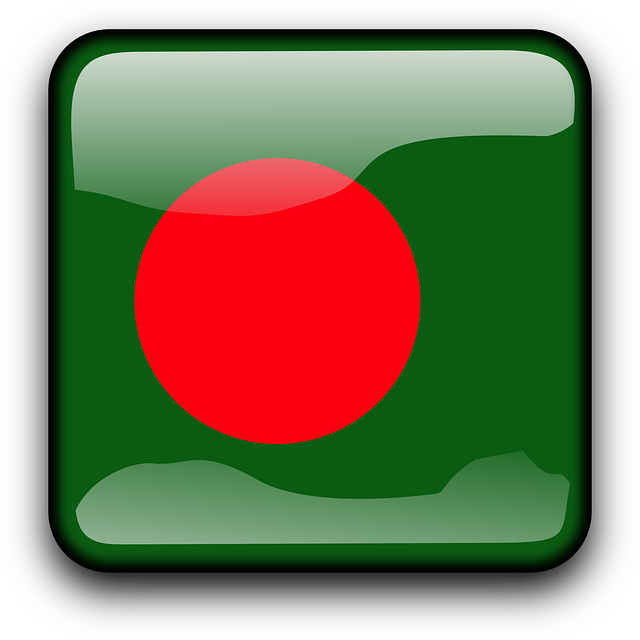
Trending Posts
Treanding Post are selected for you
Editor Picks
Latest Posts from the blog
Exploring India: A Land of People, Faith, and History | India
- 0
- 3 months ago
- 177

Rana Bepari
3 months ago
Exploring Bangladesh: A Land of People, Faith, and History | Bangladesh
- 0
- 3 months ago
- 235

Rana Bepari
3 months ago
